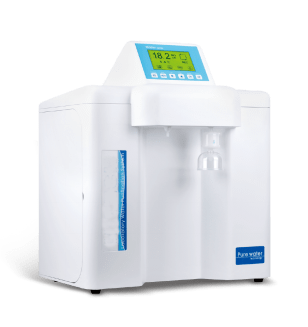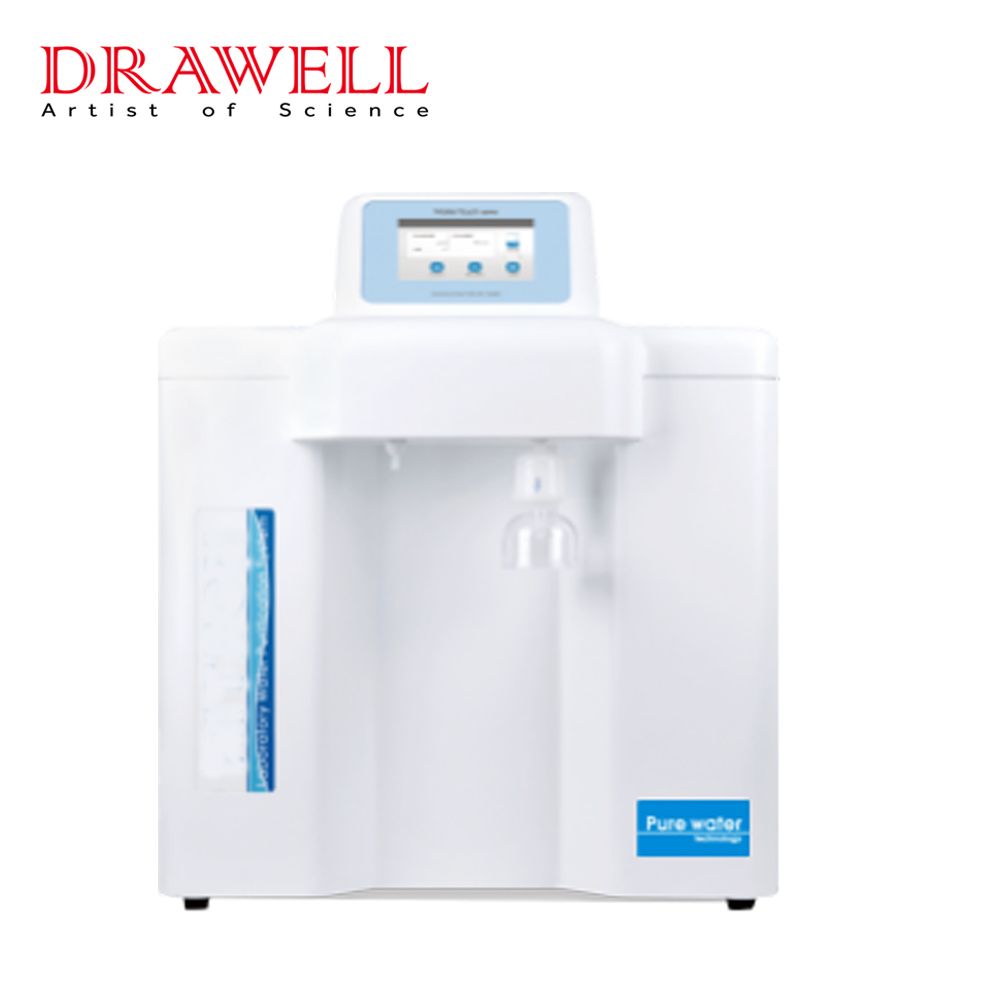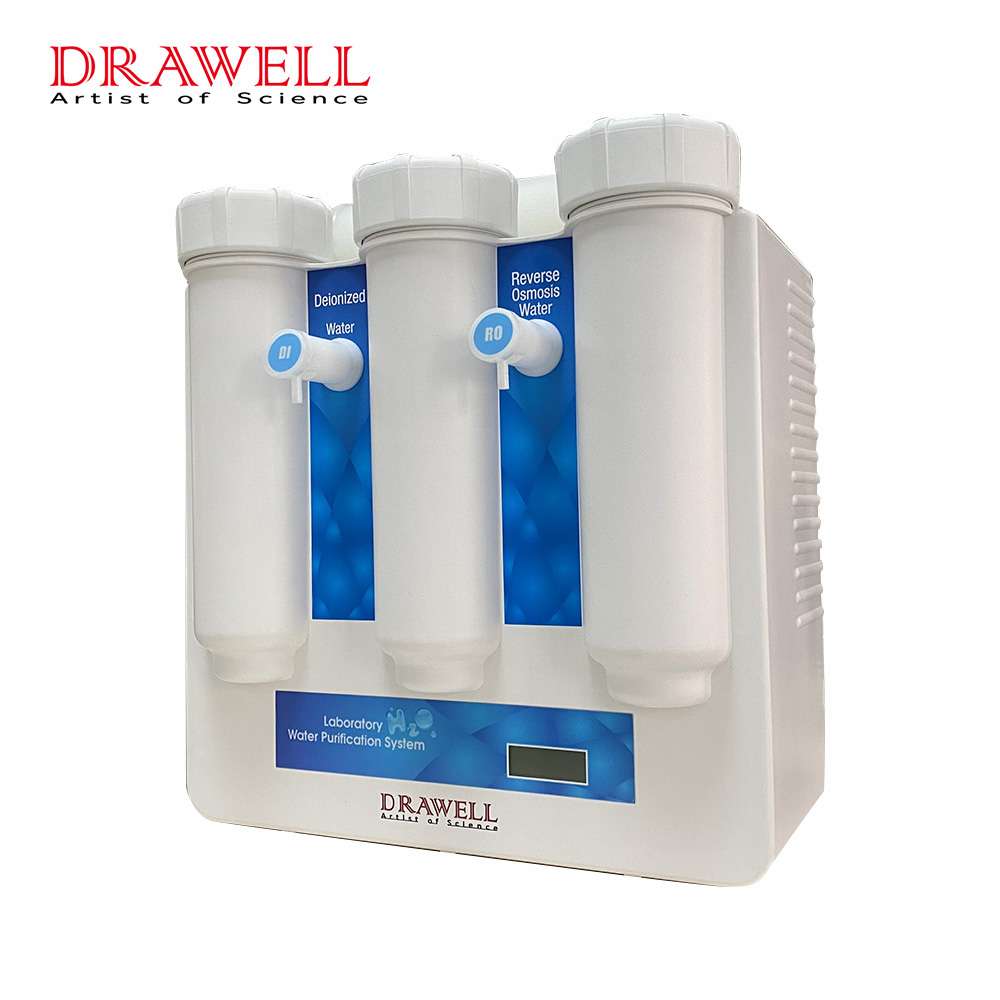Water is a fundamental resource for all living things, and having access to safe and clean drinking water is critical for human health and well-being. Natural water supplies, on the other hand, can get contaminated with contaminants, diseases, and pollutants, rendering them unfit for human use. This is where water purification systems come to the rescue. In this article, we delve into the topic of what is a water purification system, exploring its importance, and the methods it uses to ensure the delivery of potable water.
Why a Water Purification System is Important?
Access to safe drinking water is a fundamental human right, as recognized by the United Nations. Contaminated water can carry numerous waterborne diseases, such as cholera, dysentery, and typhoid, leading to severe health issues and even fatalities. Water purification systems play a vital role in preventing waterborne diseases and promoting public health by ensuring that water is free from harmful substances and pathogens.
A water purification system, also known as a water treatment system, is a technological solution designed to remove contaminants, impurities, and harmful substances from water, rendering it safe for human consumption and other applications. These systems are employed to treat various water sources, including groundwater, surface water, and municipal water supplies, to meet the ever-increasing demand for clean drinking water.

What are the Key Contaminants Removed by a Water Purification System?
- Microorganisms
Waterborne germs, viruses, and protozoa are extremely dangerous to one’s health. Disinfection procedures are used in purification systems to eradicate germs and avoid waterborne infections.
- Suspended Solid
Particulate particles, silt, and suspended solids can cloud water, making it appear unsightly. To increase water clarity, water filtration systems eliminate these particles.
- Chemicals and Heavy Metals
Pesticides, industrial pollutants, and heavy metals such as lead, arsenic, and mercury can leak into water supplies. To eliminate these pollutants, purification systems employ various filtration and chemical treatment processes.
- Organic Compounds
Because of industrial activity and agricultural runoff, volatile organic compounds (VOCs) and other organic pollutants can be discovered in water sources. Advanced purification procedures, such as activated carbon filtration, aid in their elimination.

What are the Common Methods Used By a Water Purification System?
Water purification systems differ in their complexity and effectiveness, allowing a water treatment system to be adapted to individual water sources and contaminants. The proper water purification process is determined by the quality of the source water and the specific contaminants that must be removed to provide safe and dependable drinking water delivery.
Filtration
- Sediment Filtration: To remove suspended solids, silt, and big particles, water is passed through a physical barrier such as sand, gravel, or fabric. In water treatment, sediment filters are frequently the first line of defense.
- Membrane Filtration: Membrane filtration makes use of semi-permeable membranes that allow water molecules to pass through while preventing bigger particles, bacteria, and dissolved pollutants from passing through. There are various types of membrane filtration, including microfiltration, ultrafiltration, and nanofiltration.
Disinfection
- Chlorination: Chlorine is a common disinfectant used in water treatment. It destroys or inactivates bacteria, viruses, and other dangerous microbes found in water. Excess chlorine, on the other hand, can produce disinfection byproducts that must be handled.
- UV Disinfection: UV radiation is used to disinfect water by destroying microbe DNA and stopping their reproduction. UV therapy is a chemical-free procedure that has no effect on the taste or odor of the water.
- Ozone Disinfection: Ozone gas is a highly potent oxidizing agent that destroys bacteria and neutralizes organic molecules and odors. Ozone disinfection produces no aftertaste or odor in the treated water.
Coagulation and Flocculation
Chemical processes such as coagulation and flocculation aid in the removal of suspended particles and colloids from water. Chemical coagulants are added to the water to neutralize the charge on particles, allowing them to clump together (flocculate). These larger particles can then be easily removed through sedimentation or filtration.
Reverse Osmosis (RO)
Reverse osmosis is a sophisticated membrane filtering technique that removes dissolved salts, minerals, and other pollutants from water using a semipermeable membrane. RO is extremely successful at creating purified water and is often used for seawater desalination.
Distillation
Distillation is the process of boiling water to produce steam and then condensing the steam into liquid form. Because most pollutants have greater boiling temperatures than water, this technique successfully separates contaminants from water.
Activated Carbon Filtration
Organic chemicals, chlorine, and several heavy metals are typically removed from water using activated carbon filters. The porous structure of activated carbon adsorbs pollutants, enhancing water flavor and odor.
Ion Exchange
Ion exchange is the process of replacing undesirable ions in water (such as calcium and magnesium) with more desirable ions (such as sodium). This process is often used to soften water by removing hardness-causing minerals.
Summary
A water purification system is essential for ensuring that the water we drink is free of hazardous toxins and safe for human consumption. Water purification systems will stay at the forefront of the effort to safeguard this valuable and crucial resource for future generations as global demand for clean drinking water rises.

